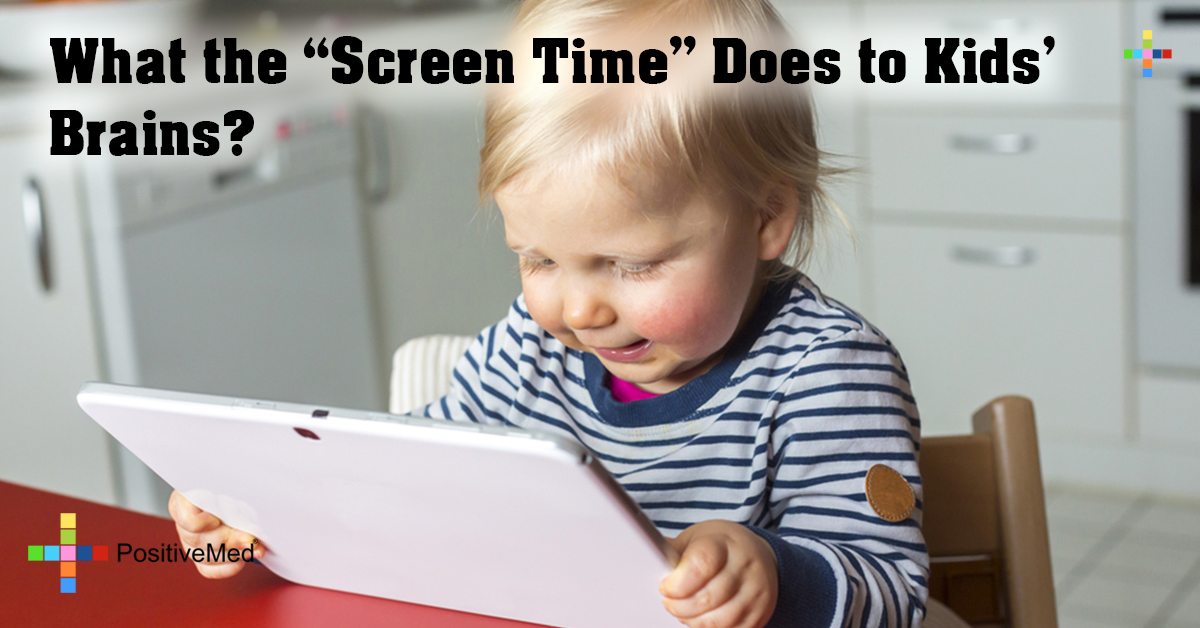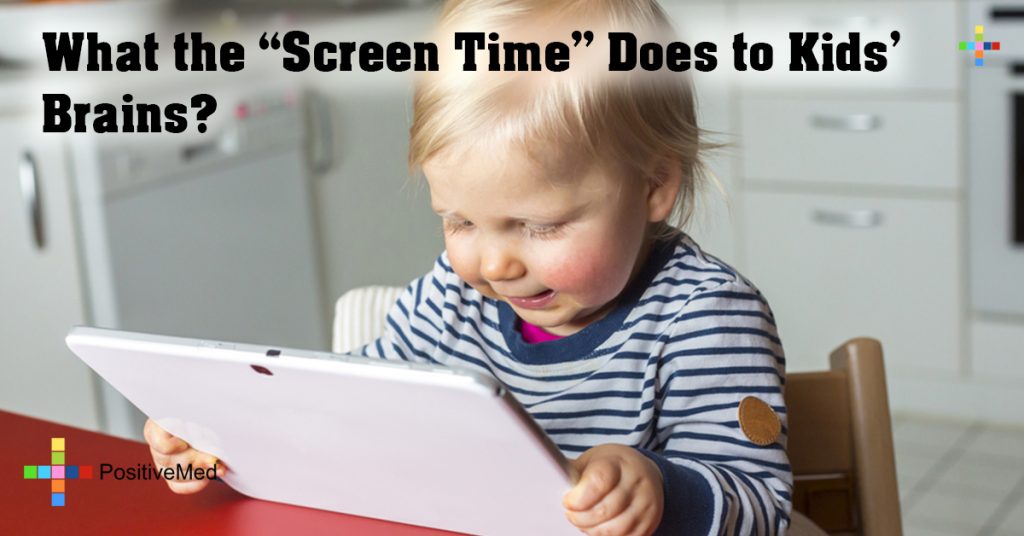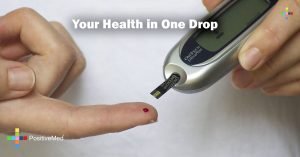
What the “Screen Time” Does to Kids’ Brains?
Most kids today spend many hours in front of screens of one kind or another. Between TV, computers, tablets, DVD players and mobile phones, electronic devices play a huge role in the lives of modern kids. Schools are increasingly using digital technology as learning tools, so looking at screen time is not confined to leisure time. The question is, what kind of effect is this having on kids’ brains? The evidence indicates that spending too much time in front of screens can have harmful effects on kids.

Devices and Electronic Media: A Mixed Blessing
The digital revolution has made it common for people of all ages to spend lots of times on devices. Kids have brains that are not fully formed, making them more vulnerable to possible side effects. As parents and teachers are trusting technology to educate and entertain even the youngest kids, it’s important to be aware of possible unwanted consequences.
There’s little question that digital media provides children with benefits. Videos and learning apps, for example, can be very useful for educational purposes. Kids can become efficient at doing research by using the internet. Computer programs that teach skills such as math, foreign languages, geography and astronomy often make subjects more interesting for kids by providing compelling images and interactive features. All of these benefits, however, may come at a cost.
According to a study by the Kaiser Foundation, kids between eight and 18 spend an average of more than seven hours per day using digital media. Some psychologists believe that spending too much time in front of screens harms brain development in areas such as concentration and social skills. One problem is that very young children, whose brains are still developing, may have difficulty differentiating the virtual and real worlds. This can make it more difficult for them to relate to other people and their physical environment.
More Screen Time Means Less Time in Nature
Spending too much time on devices may contribute to kids having shorter attention spans and developing conditions such as ADD and ADHD. Anyone who uses the internet, regardless of age, knows how it promotes distraction. Students who are supposed to be doing research for an assignment are just as likely to be checking email, texting or posting photos to social media. While people accept distractions from digital devices as part of modern life, this may have a permanent effect on the brains of younger users. This is more than mere speculation, as studies on neuro-imaging reveal that excessive screen time causes actual changes to the brain.
The other side of the coin is that when kids are on their devices, they’re usually indoors and not getting much physical activity. In addition to affecting their attention spans, this can result in poor physical development and childhood obesity. There’s evidence that spending more time in nature has powerful restorative effects.
In some ways, electronic screens are the very opposite of the natural world. They provide very fast-moving images. However, while looking at screens, kids are mainly engaging their eyes and perhaps hands. The rest of their bodies are mostly sedentary.
RELATED ARTICLE: This is How 15 Minutes on Cell Phones Affects Your Brain
What’s the Right Amount of Screen Time for Kids?
Given that it’s not practical to forbid kids from using electronic devices, how should their screen time be regulated? While there’s no perfect formula upon which all experts agree, it is possible to set some guidelines. The American Academy of Pediatrics has recently updated its guidelines on this topic. Whereas they previously recommended no screen time at all for kids under two have no exposure to screens and older kids be limited to two hours per day of screen time, they have since expressed less rigid guidelines.
The AAP now places more emphasis on how kids spend their time online. They do propose setting limits on kids’ screen time. This, however, should not be a fixed number but based on closely observing kids and what kind of effect electronic media is having on them. They additionally propose being very selective about choosing educational tools and apps as well as giving kids plenty of unstructured offline playtime.
Finding the Right Balance
There is still no consensus on what screen time does to kids’ brains or what the ideal amount of screen time is for kids of different ages. As the recently released AAP guidelines suggest, the best approach may be to look closely at each child and determine how he or she is spending time online and to watch for any adverse effects. Since digital media is such a ubiquitous part of today’s world, severely resticting it is not practical. At the same time, it’s important to monitor kids’ behavior and to make sure that their screen time is balanced by other activities.






